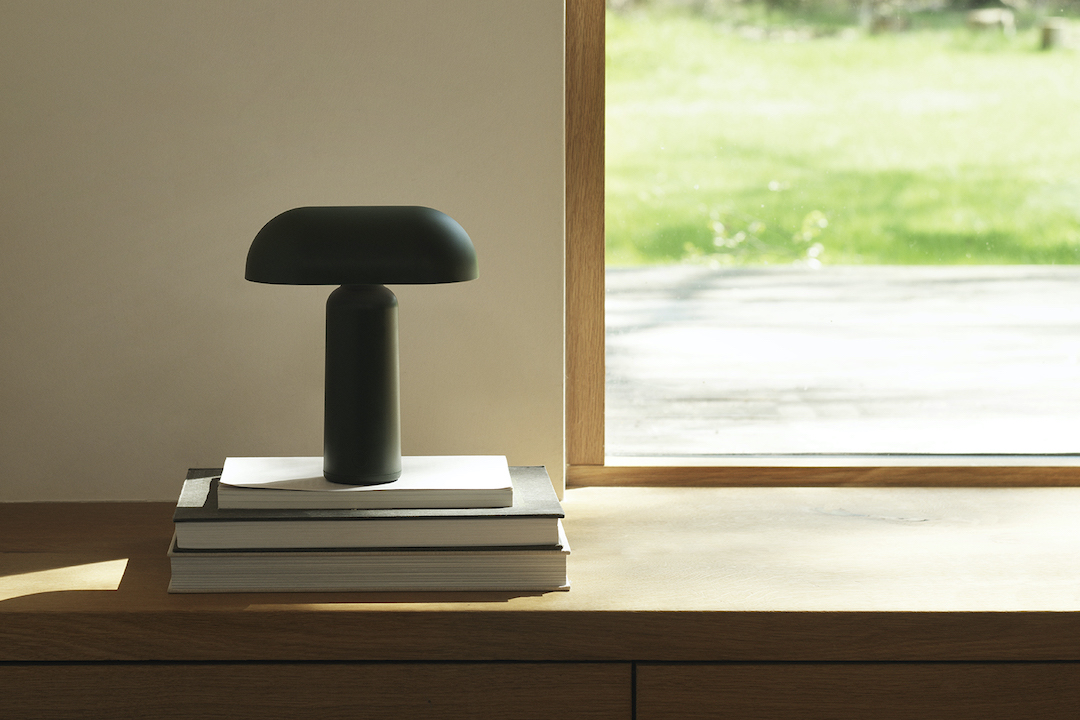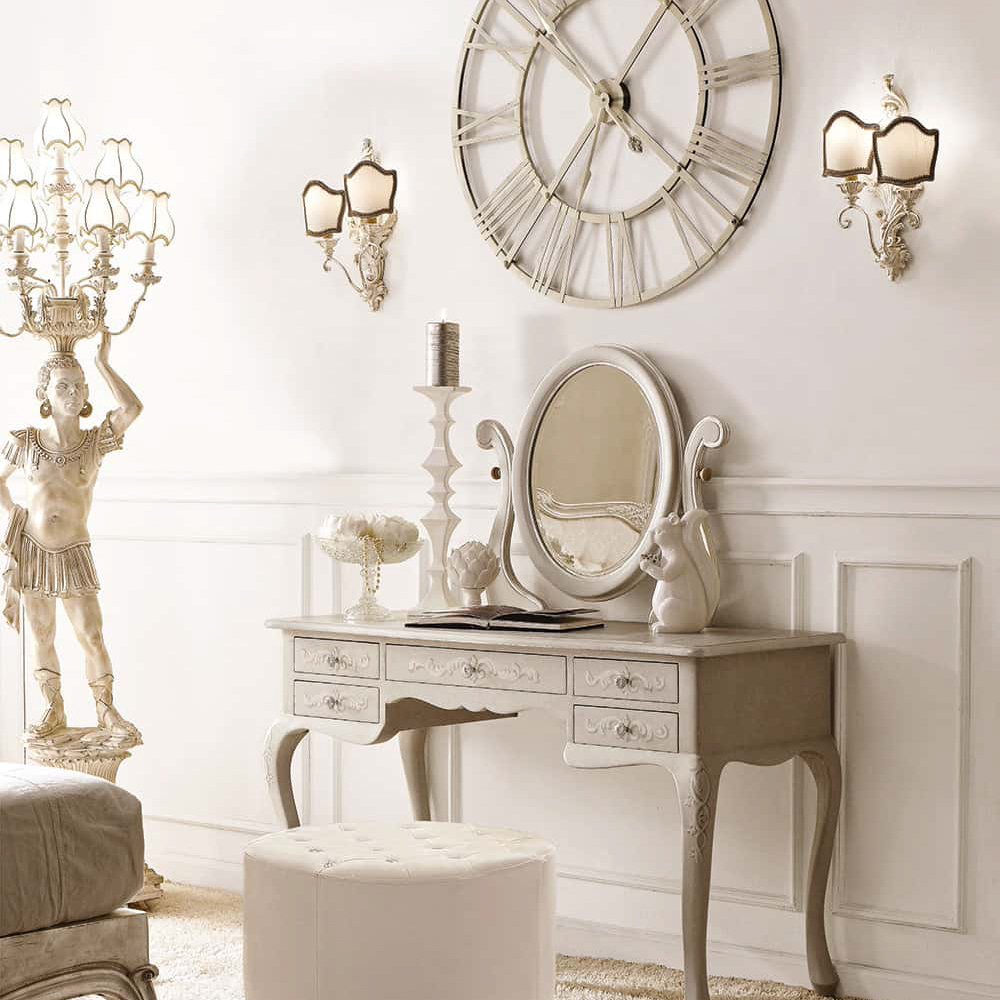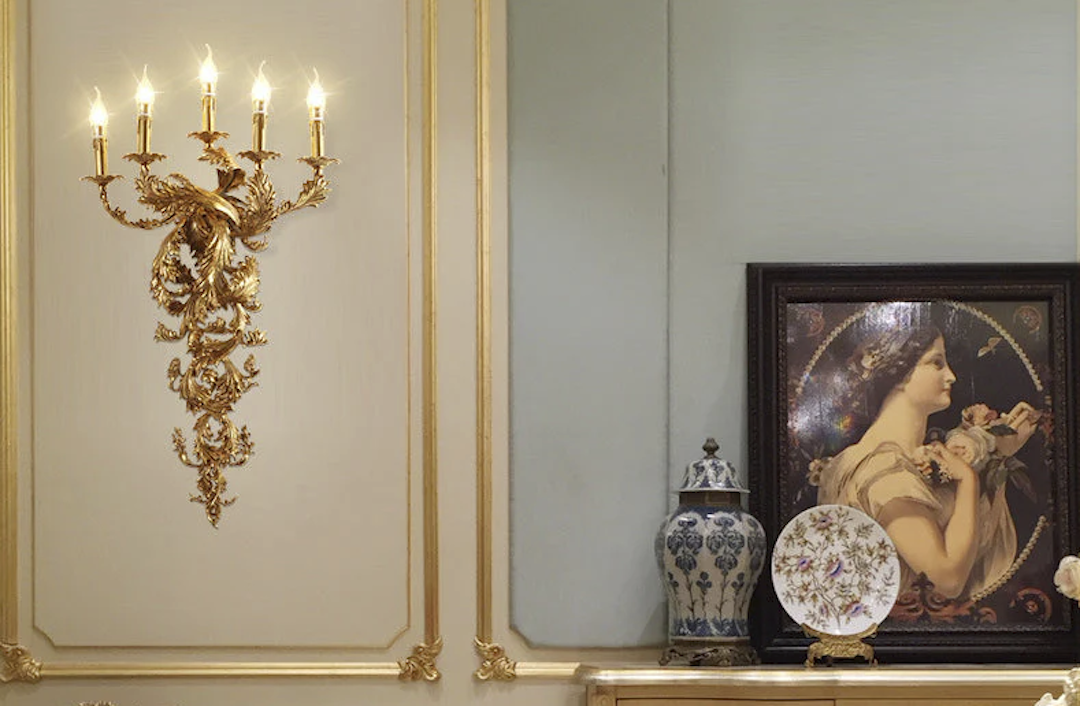When embarking on the journey of furnishing a space, the selection of style is paramount. The style of furniture not only reflects personal taste but also sets the tone for the entire room. For instance, a minimalist aesthetic often emphasizes clean lines and a neutral palette, creating a serene environment that promotes tranquility.
In contrast, a bohemian style may incorporate vibrant colors, eclectic patterns, and an array of textures, fostering a sense of warmth and creativity. Understanding the overarching theme of your space is crucial; whether it leans towards modern, traditional, rustic, or industrial influences, each style carries its own unique characteristics that can significantly impact the overall atmosphere. Moreover, the choice of style should harmonize with existing elements within the room.
For example, if the architecture features ornate moldings and classic details, selecting furniture that complements these elements can enhance the overall cohesiveness of the design. Conversely, introducing contemporary pieces into a vintage setting can create an intriguing juxtaposition, provided it is executed thoughtfully. It is essential to consider how different styles interact with one another and how they can be blended to create a personalized aesthetic that resonates with your individual preferences.
Finding the Perfect Size
The dimensions of furniture play a critical role in achieving a balanced and functional space. Oversized furniture can overwhelm a small room, making it feel cramped and uncomfortable, while pieces that are too small may get lost in a larger area, failing to make an impact. To find the perfect size, it is advisable to measure the available space meticulously before making any purchases.
This includes not only the floor area but also the height and width of doorways and hallways to ensure that your chosen pieces can be easily maneuvered into place. In addition to physical measurements, considering the scale of furniture in relation to other elements in the room is equally important. For instance, a large sectional sofa may dominate a living room, necessitating smaller accent chairs or tables to create balance.
Conversely, in a spacious dining area, a long table can serve as a focal point, but it should be paired with appropriately sized chairs that allow for comfortable movement and interaction. Ultimately, achieving harmony in size ensures that each piece contributes to the overall functionality and aesthetic appeal of the space.
Selecting the Ideal Height
Height is another crucial factor when selecting furniture, as it affects both comfort and visual proportion within a room. For seating options like sofas and chairs, the height of the seat should accommodate the average user comfortably. A standard seat height typically ranges from 17 to 19 inches from the ground, allowing for easy entry and exit.Sugnadesign
However, if you have specific needs or preferences—such as taller individuals who may require higher seating—it’s essential to seek out options that cater to those requirements. In addition to seating height, consider how different heights interact within the space. For example, when arranging a dining area, the height of the table should align with the chairs to ensure a comfortable dining experience.
Standard dining tables are usually around 28 to 30 inches high, while counter-height tables range from 34 to 36 inches. Mixing different heights can create visual interest; however, it is vital to maintain a sense of cohesion throughout the design. By thoughtfully considering height in your furniture selection, you can enhance both comfort and aesthetic appeal.
Considering the Functionality
Functionality is at the heart of any successful furniture selection process. Each piece should serve a purpose beyond mere aesthetics; it should enhance the usability of the space while catering to your lifestyle needs. For instance, if you frequently entertain guests, investing in modular seating or extendable dining tables can provide flexibility for accommodating larger gatherings.
Similarly, multifunctional furniture—such as ottomans that double as storage or coffee tables with built-in shelves—can maximize space efficiency in smaller areas. Moreover, it is essential to think about how each piece will be used on a daily basis. For example, if you have children or pets, durability becomes a key consideration; opting for materials that are easy to clean and resistant to wear can save time and frustration in maintaining your furniture.
Additionally, consider how traffic flows through the space; ensuring that pathways remain clear and that furniture arrangements facilitate easy movement can significantly enhance functionality. By prioritizing practical needs alongside aesthetic desires, you can create a space that is both beautiful and livable.
Exploring Different Materials
The choice of materials is fundamental in defining not only the look but also the longevity and maintenance of your furniture. Wood remains a classic choice due to its durability and timeless appeal; however, different types of wood offer varying characteristics. Hardwoods like oak and maple are known for their strength and resistance to wear, making them ideal for high-traffic areas.
On the other hand, softer woods like pine may be more susceptible to dents and scratches but can provide a rustic charm that many find appealing. In addition to wood, other materials such as metal and upholstery also play significant roles in furniture selection. Metal furniture can introduce an industrial edge while offering durability; however, it may require more maintenance to prevent rust or corrosion in humid environments.
Upholstered pieces provide comfort but necessitate careful consideration regarding fabric choice—options like leather offer elegance and ease of cleaning, while natural fibers like cotton or linen may provide breathability but could be more prone to staining. Understanding the properties of various materials allows you to make informed decisions that align with your lifestyle and design goals.
Incorporating the Right Color
Color has an undeniable impact on mood and perception within a space. When selecting furniture, it is essential to consider how color will influence the overall ambiance of the room. Neutral tones such as beige, gray, or white can create a calming backdrop that allows for flexibility in accessorizing with bolder hues through decor items like cushions or artwork.
Alternatively, vibrant colors like deep blues or rich greens can serve as statement pieces that draw attention and energize a space. Additionally, understanding color theory can aid in creating harmonious combinations within your design scheme. Complementary colors—those opposite each other on the color wheel—can create striking contrasts that add visual interest.
For example, pairing a warm mustard yellow sofa with cool teal accents can create a dynamic yet balanced look. It’s also worth considering how natural light interacts with color; bright spaces may benefit from darker hues that ground the design, while dimly lit areas might call for lighter shades to enhance brightness. By thoughtfully incorporating color into your furniture selection, you can significantly influence the mood and character of your space.
Adding Personal Touches
Personalization is what transforms a house into a home; it reflects individuality and creates an emotional connection to your space. Incorporating personal touches can be achieved through various means—artwork that resonates with you, family heirlooms that tell a story, or even travel souvenirs that evoke cherished memories. These elements not only add character but also serve as conversation starters when hosting guests.
Furthermore, layering textures and patterns can enhance personalization while adding depth to your design scheme. Mixing fabrics—such as pairing velvet cushions with woven throws—can create an inviting atmosphere that feels curated rather than contrived. Additionally, incorporating plants or natural elements can infuse life into your space while reflecting your appreciation for nature.
Ultimately, personal touches should resonate with your identity and experiences; they are what make your environment uniquely yours.
Maximizing Ambiance
The ambiance of a room is shaped by various factors including lighting, layout, and decor choices—all of which work together to create an inviting atmosphere. Lighting plays a pivotal role; it can dramatically alter how colors appear and influence mood throughout different times of day. Layering light sources—such as ambient lighting from ceiling fixtures combined with task lighting from lamps—can create versatility in how spaces are utilized.
In addition to lighting, consider how furniture arrangement impacts flow and interaction within the room. Creating cozy conversation areas with strategically placed seating encourages socialization while maintaining an open feel for movement. Incorporating soft textiles like rugs or curtains can also contribute to ambiance by adding warmth and texture while absorbing sound for a more serene environment.
Finally, integrating scent through candles or essential oil diffusers can elevate ambiance further by engaging another sense entirely. The combination of visual appeal, tactile comfort, sound absorption, and pleasant aromas culminates in an environment that feels harmonious and welcoming. By paying attention to these elements collectively, you can maximize ambiance in any space you design.





